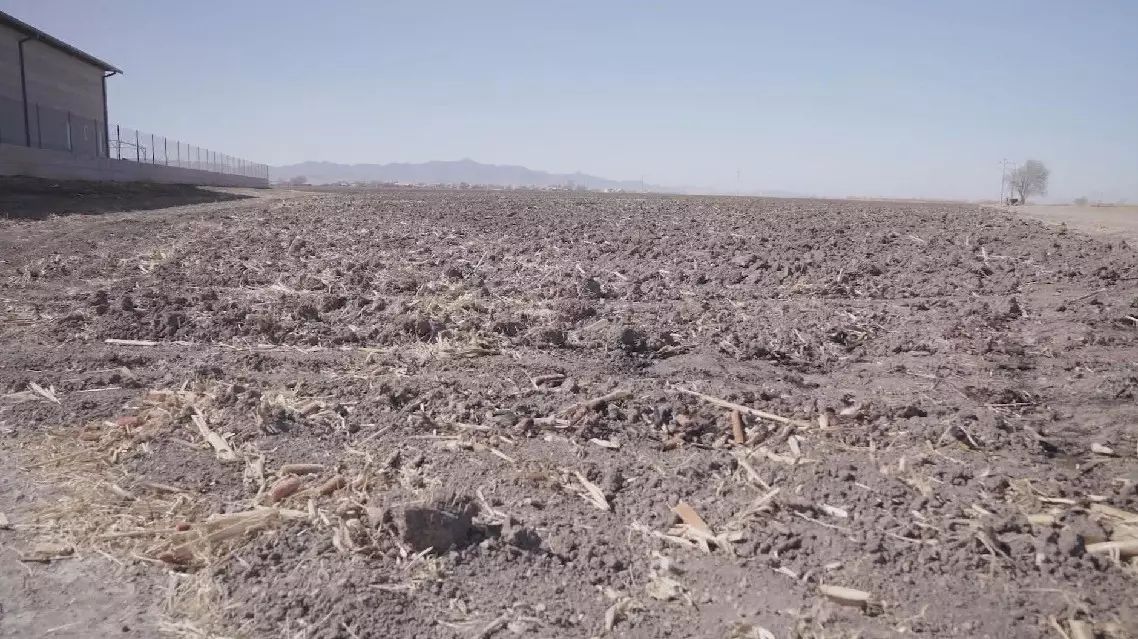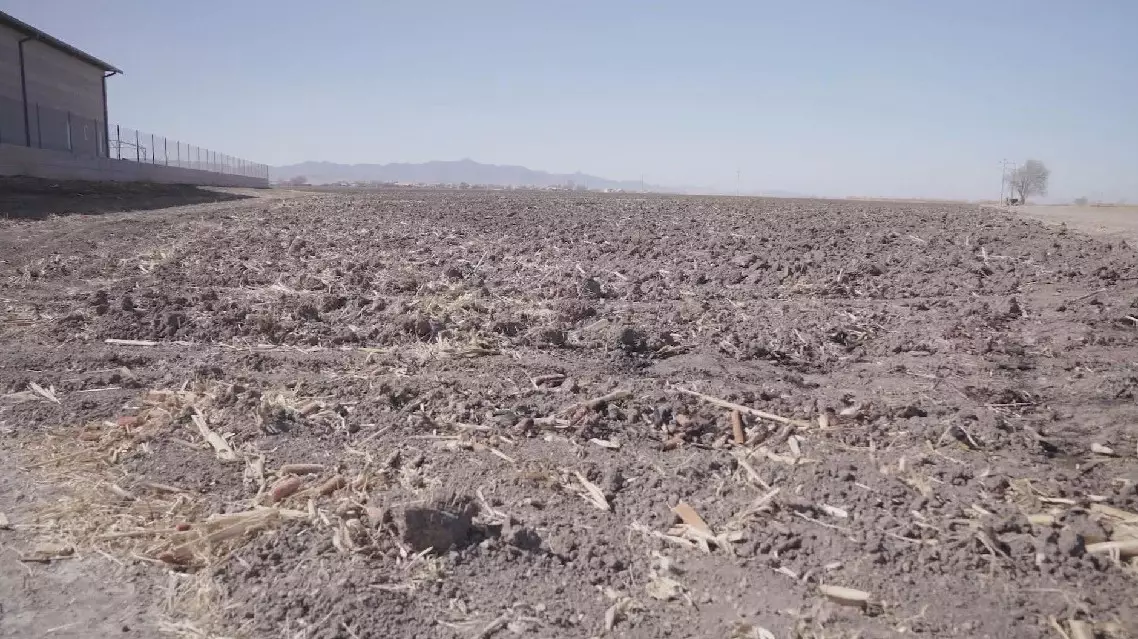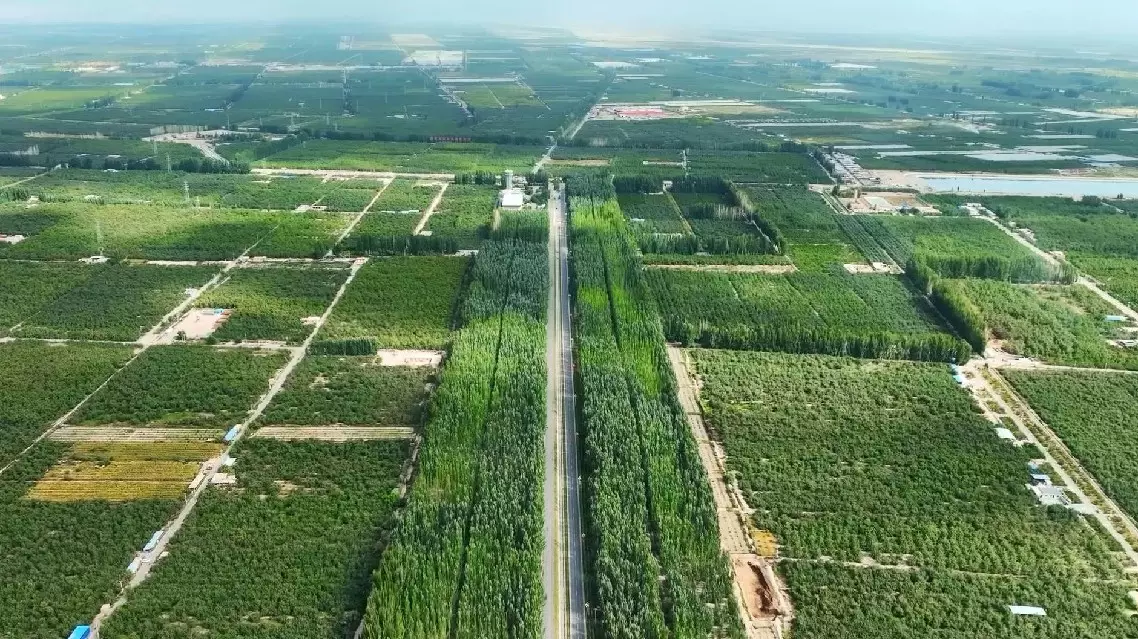Mexico is suffering from food price hikes and potential food shortages after extreme weather conditions devastated crops across the country.
The substantial decrease in agricultural yields caused by extreme weather has resulted in a surge in food prices in the country, including those of corn tortillas, a staple in the country.
"A single taco costs 17 pesos, but the price used to be 10 pesos five years ago," said Juan Gonzalez, a food vendor.
Mexico has also been grappling with the challenges posed by extreme drought, which has impacted a staggering 81 percent of the country.
"The yield of cilantro has dropped this year. That's why its price has risen so much," said Oscar Naciel, a wholesaler.
The country's leading agricultural consultancy group, Agricultural Markets Consulting Group (GCMA), considers extreme weather to be a grave concern for the country's agricultural sector.
"We have had the lowest volumes of rain since 1985. Many of our agricultural products are seasonal. This year, the imports of grain and oilseeds will increase from 39 to 43 million tons. Year after year, the import record continues to be broken," said Juan Carlos Anaya, GCMA director.
Faced with the challenges posed by extreme weather, Juan Carlos Anaya expresses hopes the government will reinstate agricultural support programs to revitalize the sector.
"Previously, there were support programs in place that included technical assistance, greenhouses, and many other things. However, the government has suspended and canceled all these programs. The agricultural insurance program has also been eliminated. This means that no producers of fruits, vegetables, and grain can get insurance support. So, there is a lot of work to do," said Juan Carlos Anaya.

Extreme weather fuels food shortage, price hikes in Mexico

Extreme weather fuels food shortage, price hikes in Mexico
Decades of persistent efforts against desertification in and around Kekeya have paid off, generating economic and ecological benefits for this once-arid land in Aksu Prefecture, located in northwest China's Xinjiang Uygur Autonomous Region. Nestled on the northern edge of the formidable Taklimakan Desert, Kekeya was once notorious for its tumultuous weather and ceaseless sandstorms. Covering a staggering expanse of 337,000 square kilometers, the Taklimakan is China's largest desert and is infamously known as the "Sea of Death".
In an effort to combat desertification and alleviate the adverse effects of shifting sands and dust storms on nearby residents, an ambitious afforestation project was launched in Kekeya in 1986. Consequently, what is now known as the "Green Great Wall" has gradually emerged.
Faced with water shortages, high soil salinity, and a lack of heavy machinery, those pioneers who first engaged in the project in Aksu rose to the challenge. They toiled with simple tools to soften the hardened soil, level the ground, and adjust soil alkalinity to create a suitable environment for the growth of trees.
"We were planting trees almost every spring and autumn then," said Song Jianjiang, one of the first forest rangers for the afforestation project.
One year later, the barren land of Kekeya showed its first signs of greenery. Local people saw hope for better living conditions, without sand finding its way into their rice bowls.
"We were planting trees almost every spring and autumn then. Since our shelter-belt forest was planted, it has blocked the wind and sand from afar, helped keep our homes clean," said Song.
In the first decade of the afforestation project, Kekeya saw about 2,200 hectares of artificial forest completed, and another 4,360 hectares in the second decade.
Since 2012, Kekeya has achieved 62,000 hectares of afforestation, and the total afforestation has exceeded 80,000 hectares.
Zhao Hongguang, a local apple grower, said there is a stark difference between growing on the land now as compared to 30 years ago.
"Back then, I planted over 2.6 hectares of land, but only 280 pear and apple trees survived. Now, one mu (one-fifteenth of a hectare) of land can produce 3 to 4 tons of apples. Four tons of apples can sell for over 20,000 yuan (about 2,852 U.S. dollars). Most of my apples are sold to the Yangtze River Delta and the Pearl River Delta regions," he said.
Residents Su Hui and his wife Lu Fang are both photography hobbyists. As the ecological environment improves, more birds and wildlife are captured in their lenses.
"In recent years, as the ecological environment improves, some bird species that we had never seen before have appeared in Aksu, such as kingfishers, red crossbills, and bluethroats. These birds were never seen in Aksu before, but now they can be spotted here," said Su.
After relentless efforts spanning generations, the afforestation project in Kekeya has achieved over 80,000 hectares of afforestation. Kekeya's forest coverage rate rose from 8 percent in 1986 to 73 percent in 2020. Today, green spaces and pocket parks are spreading throughout Aksu's urban areas.
"We have built the shelterbelt forest in Kekeya, and it has brought hope to everyone here," said Song.

Xinjiang's Kekeya becomes green miracle in China's largest desert











